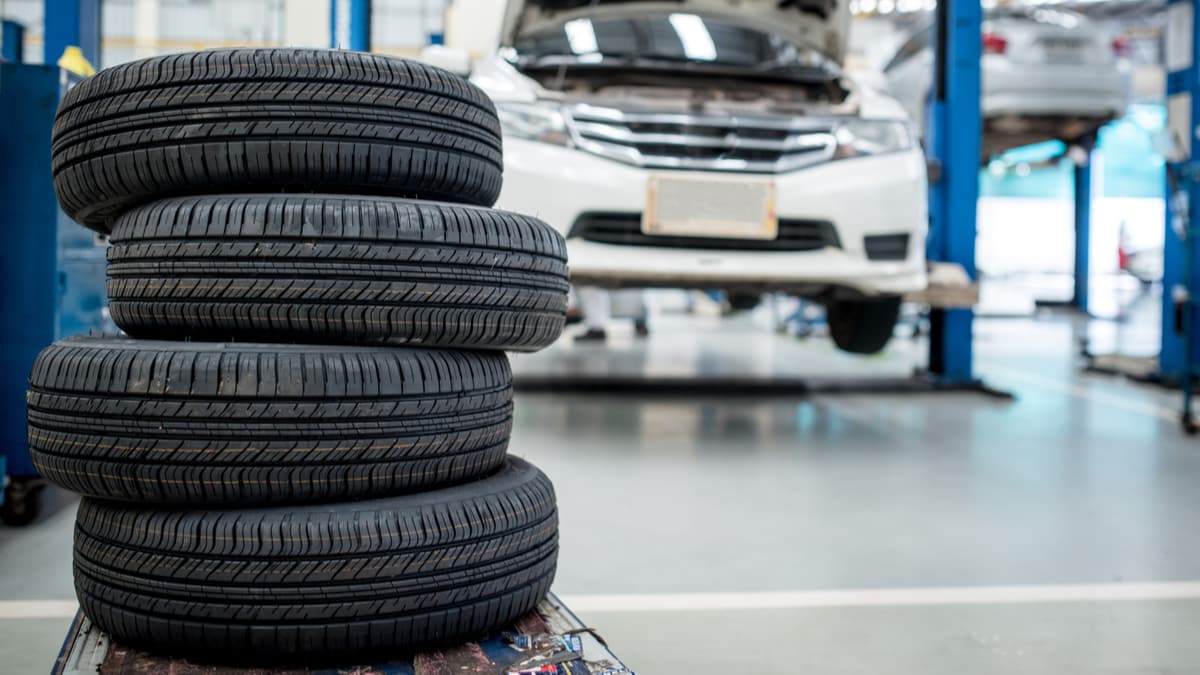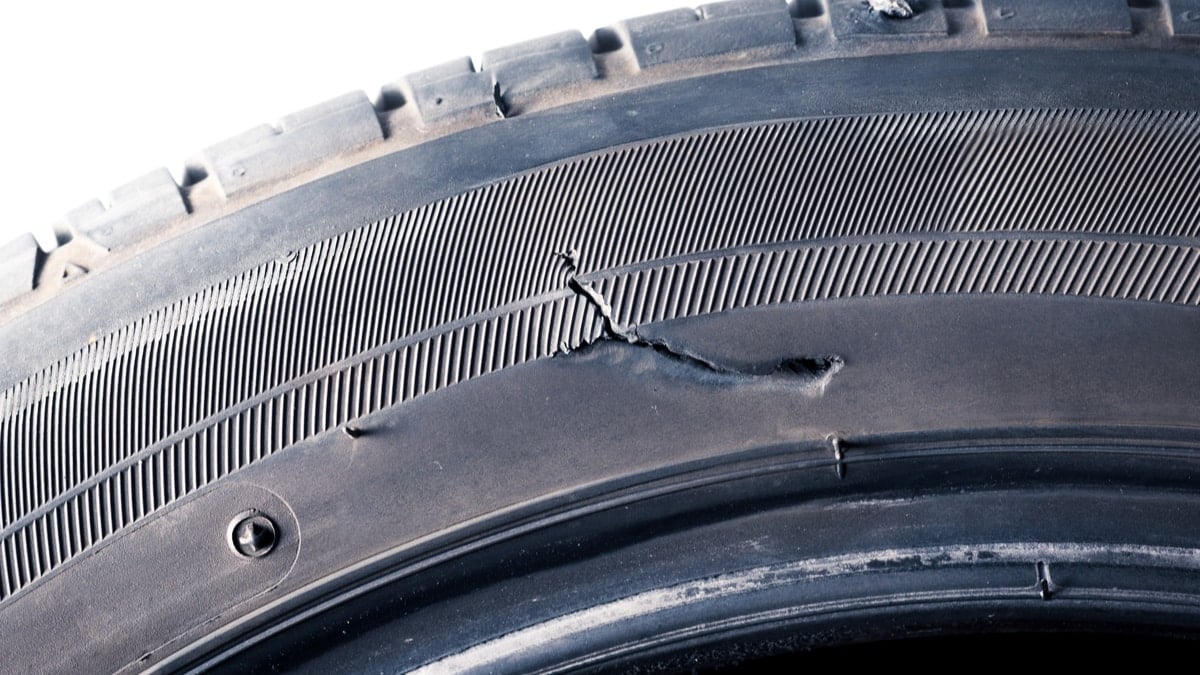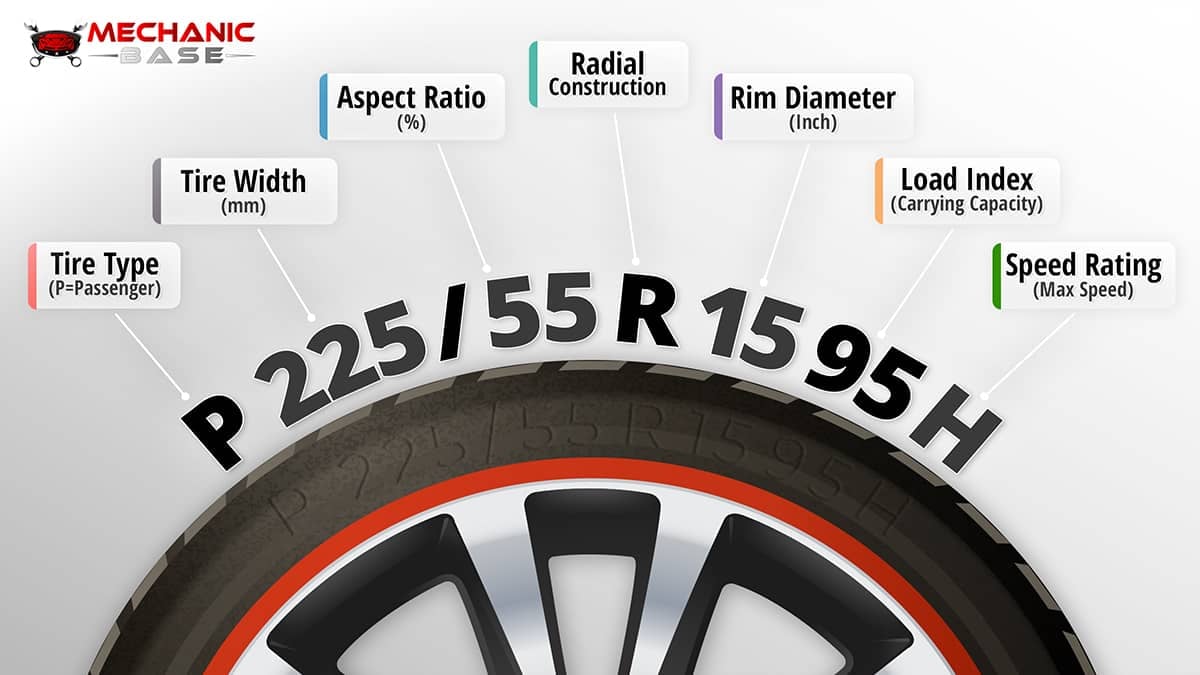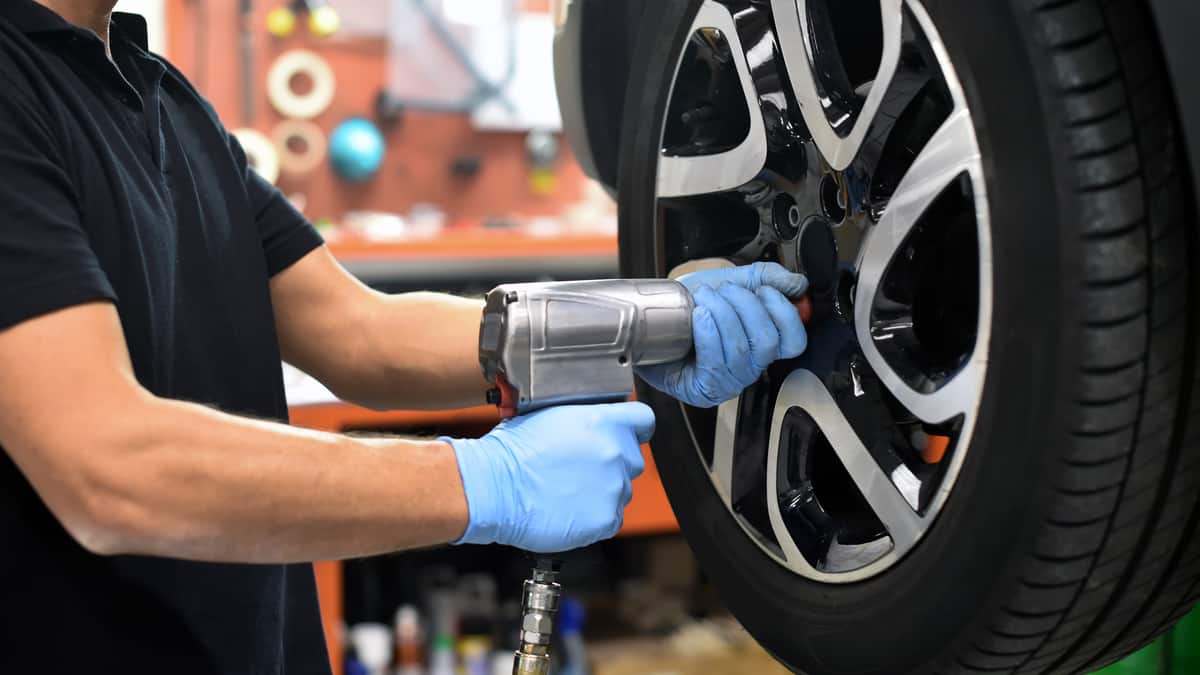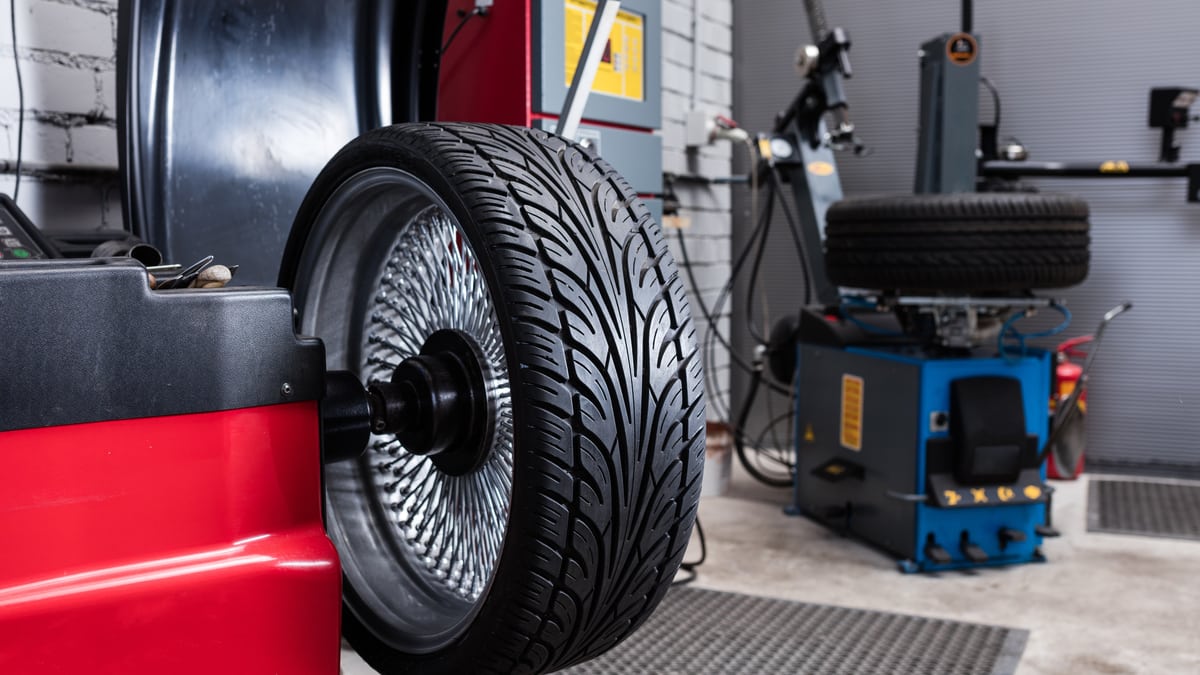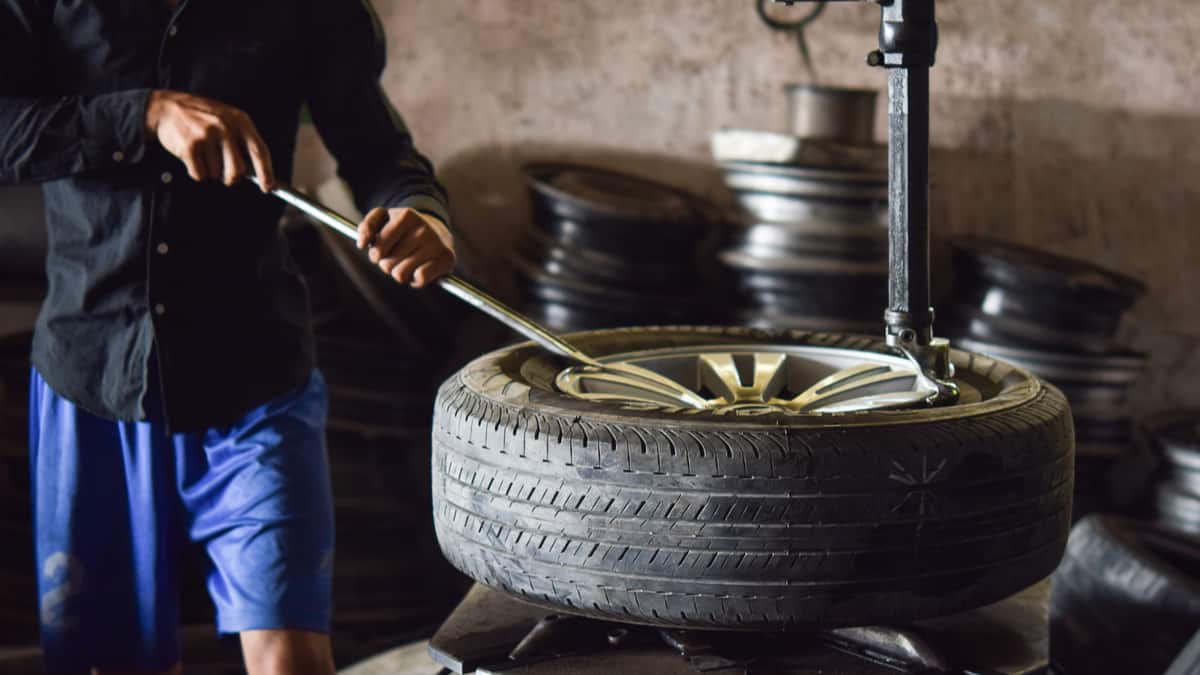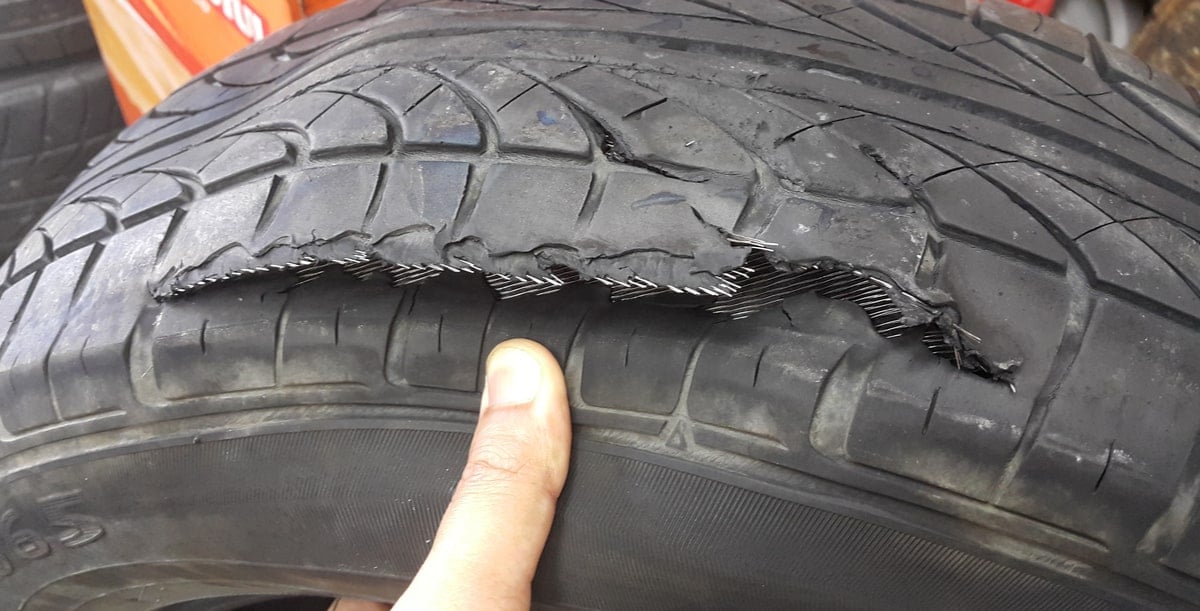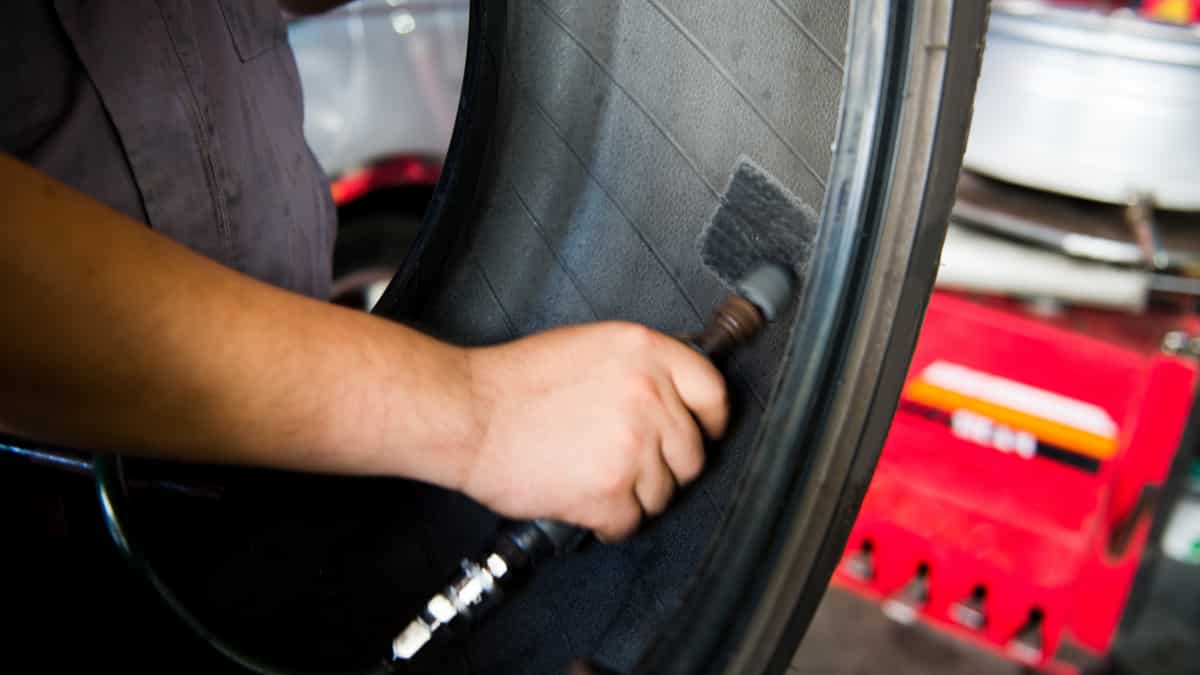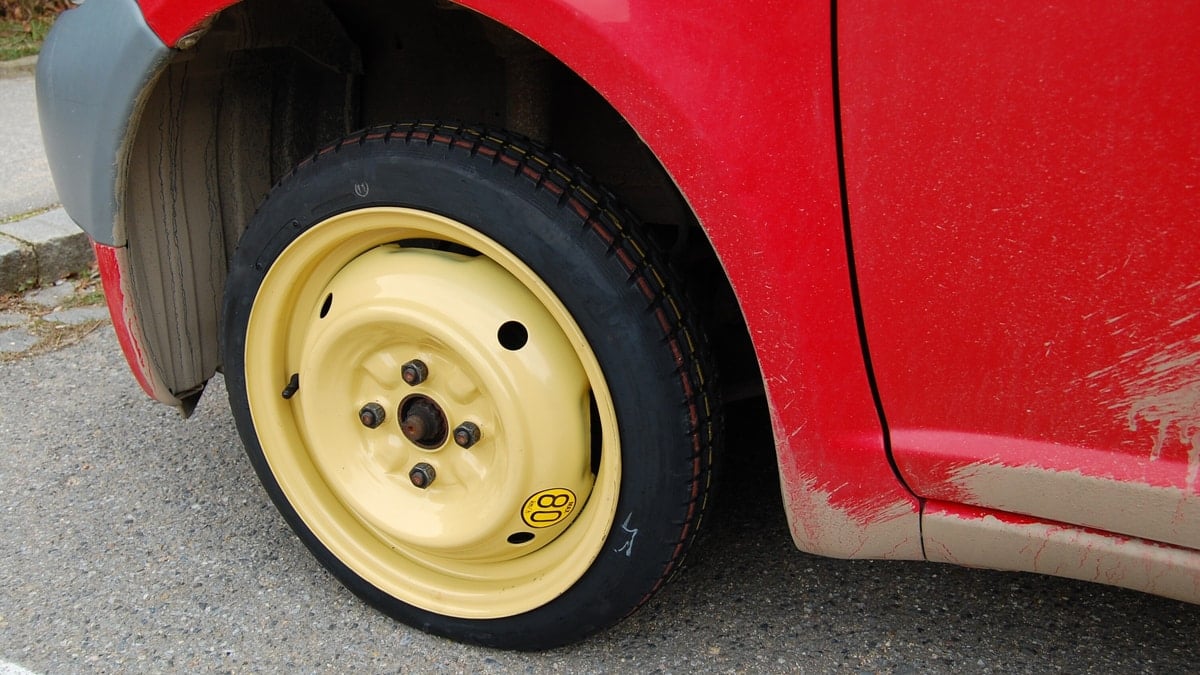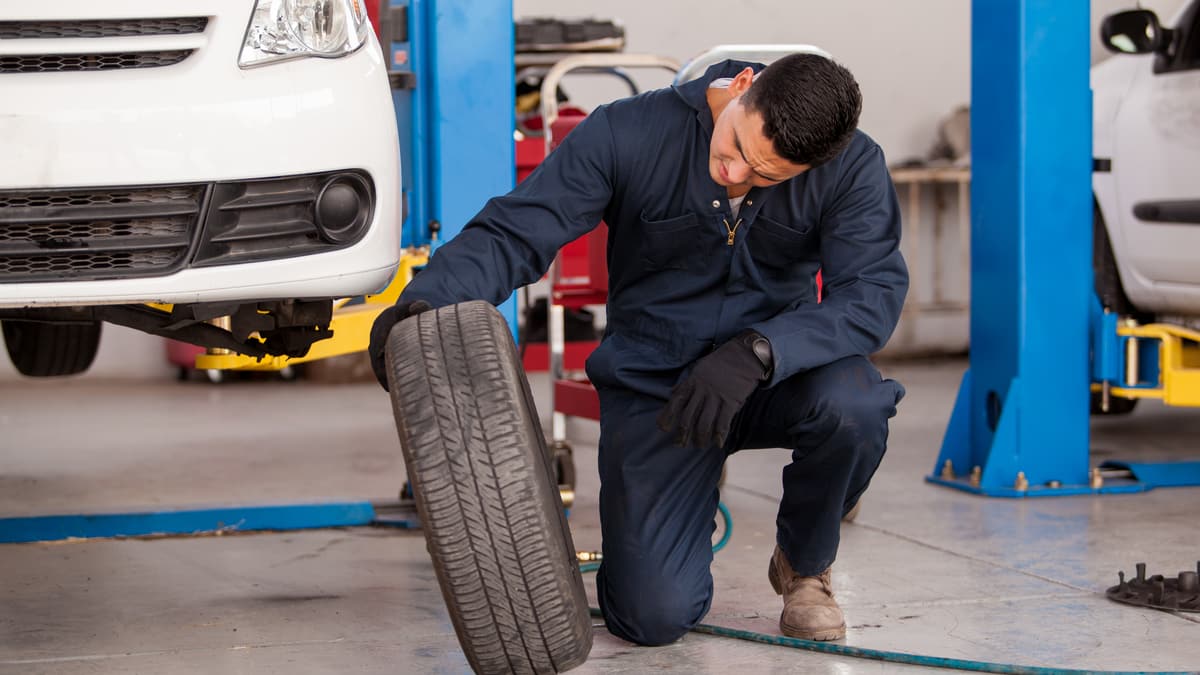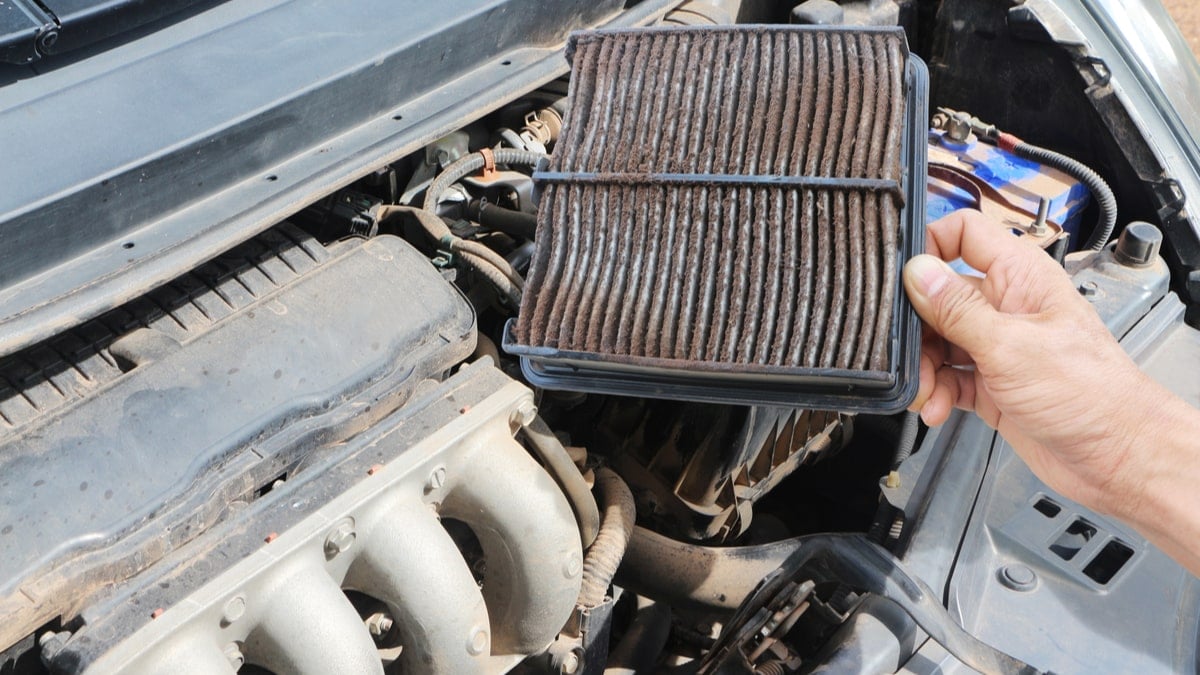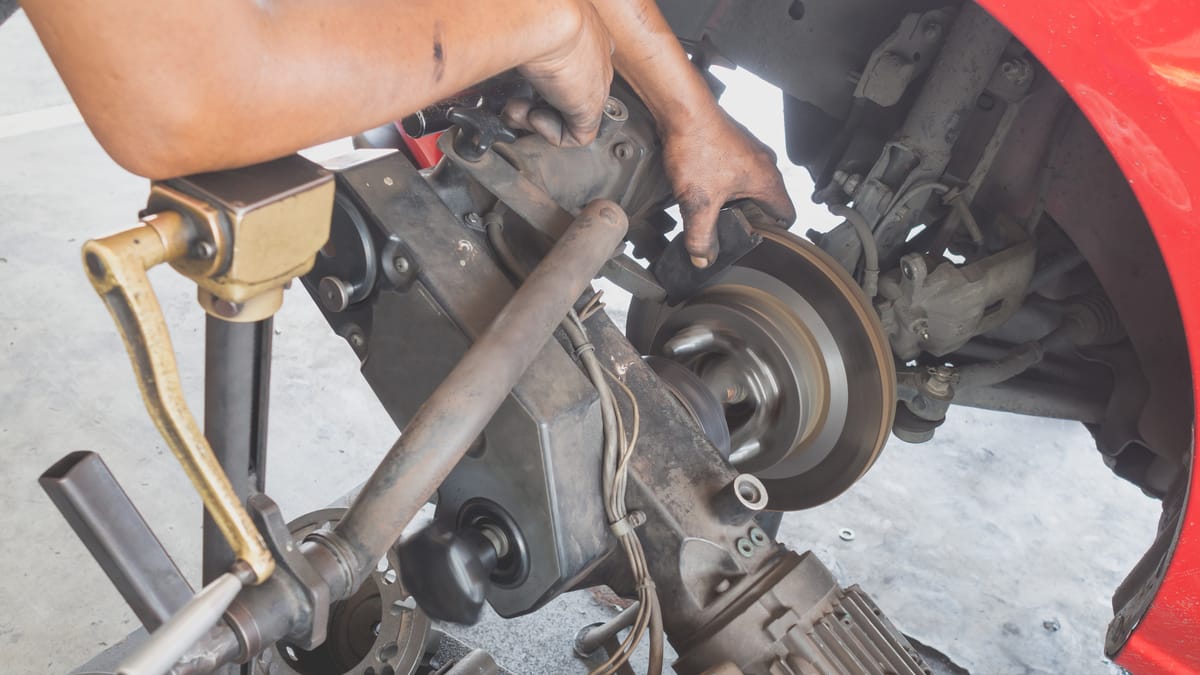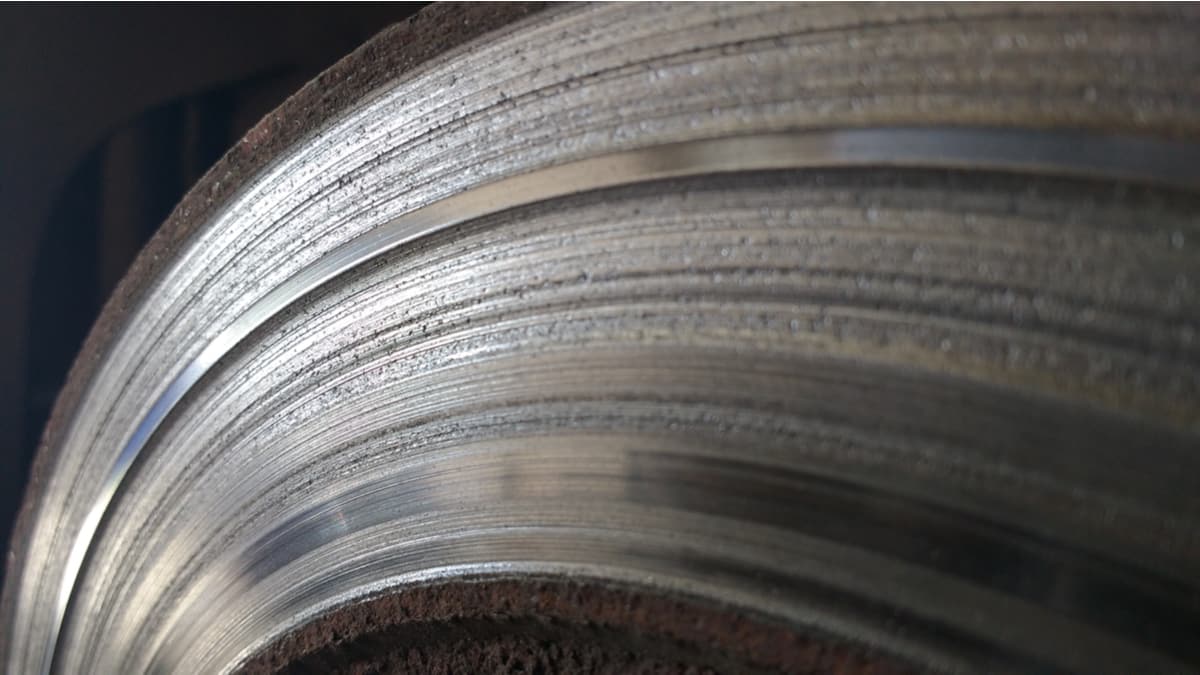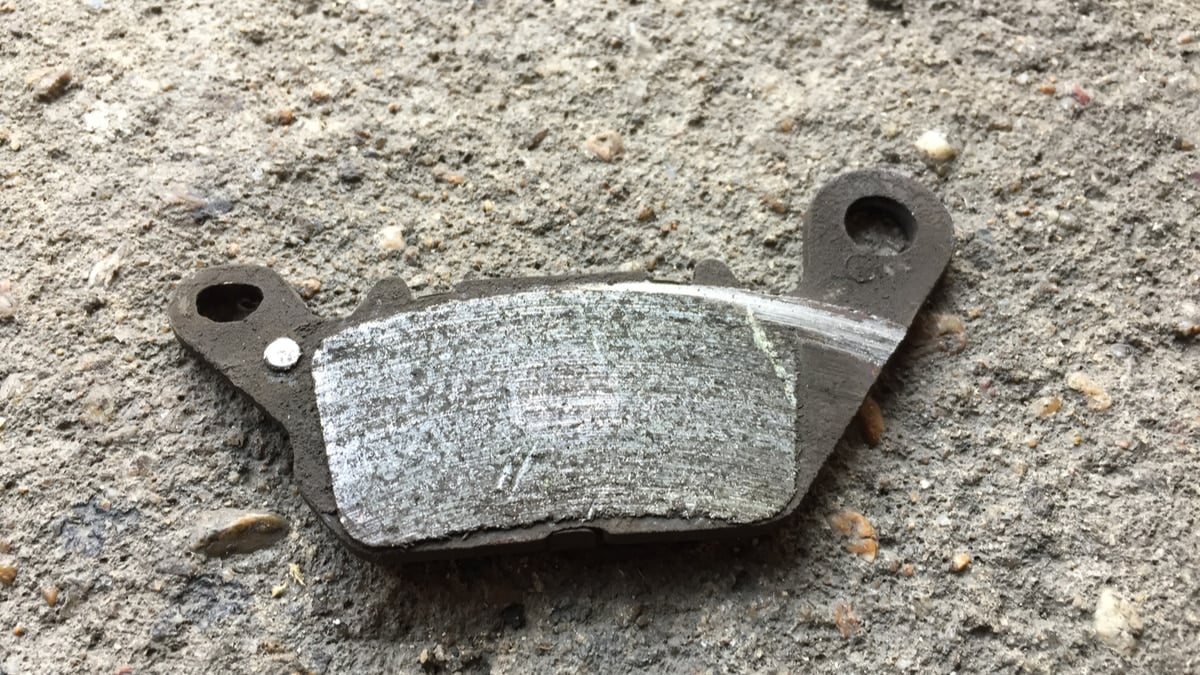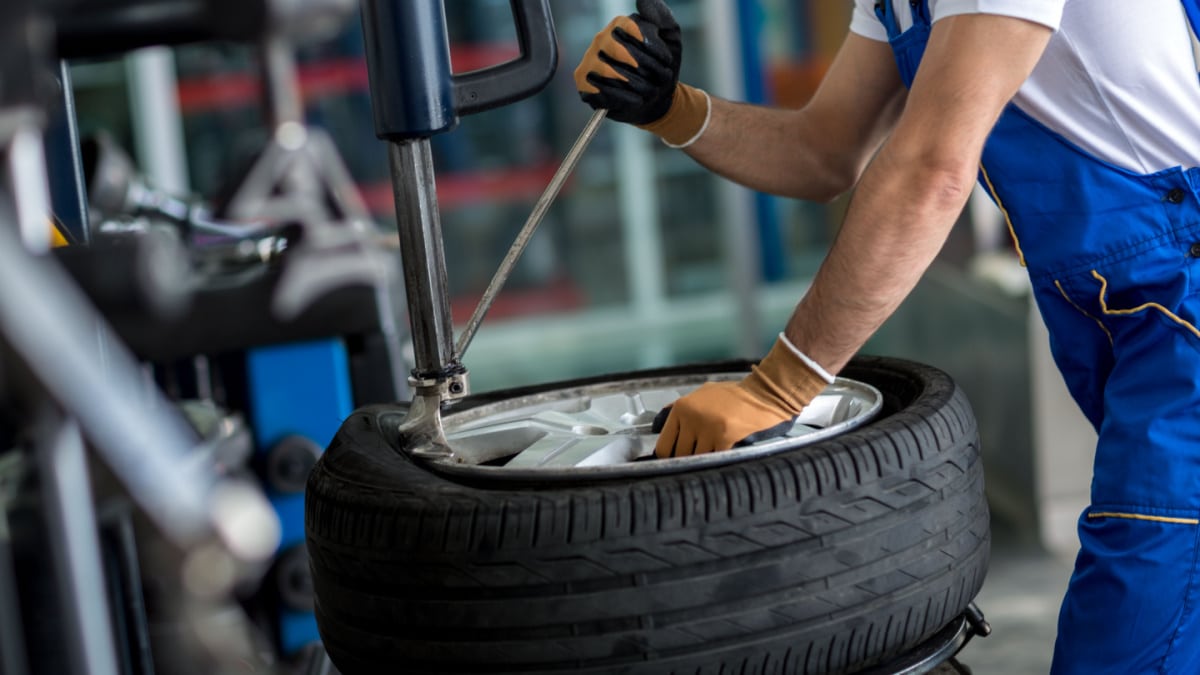At some point, every car requires new tires. Since you want to budget accordingly, it’s important to know – how much does it cost to replace your tires?
In this guide, I cover the varying factors that influence the price of your new tires. I will also give you a few tips that may help you save some money.
How Much Do New Tires Cost?
A new set of four tires will usually cost you between $400 and $1500, depending on the type of tire, vehicle, quality and where you get them installed. If you choose cheap tires, you may be able to spend $50 each, but on some vehicle types, you can easily spend $1500 or more on a new set of tires.
Now that we have the quick answer to the general cost of new tires, let’s take a closer look at the factors that affect the cost.
Factors Affecting Cost to Replace Your Tires
1. Tire Size
The biggest factor affecting your expense will be the size of the tire you need. You can find tires in all sizes, meant for a multitude of purposes. If you have a compact car, you will have the cheapest tires available, maybe even $50 each.
Of course, high-performance cars, large pickup trucks, specialty off-road vehicles, and SUVs will naturally cost more. A good rule of thumb is that the larger the tire is, the more you can expect to pay for it.
2. Brand
There are just as many tire brands as there are sizes. Many tire shops specialize in one budget brand and carry a multitude of name brands.
You will spend far less to go with the no-name brand, but you need to think about the quality. After all, if you save money today by choosing this brand, does it really pay off if you have to replace the tires again prematurely? You may also get a much longer mileage warranty with quality tires than with inexpensive tires.
If you choose a premium tire brand such as Michelin, Continental, Goodyear, Bridgestone, you will of course pay much more, but you know that you will get quality tires that last a long time and keep your vehicle on the road.
RELATED: 6 Worst Tire Brands to Avoid Buying
3. Installation Cost
Most tire shops do not make a lot of money on the tire installation. The job itself doesn’t take long and the price can often be included with the cost of the tires.
On average, you can expect most shops to tack on about $20-$40 per tire for the installation. However, if you visit a warehouse club, that expense could be even less.
4. Tire Disposal
You don’t get to leave your old tires with the shop without paying a price. These shops must pay to have them recycled, so that cost gets passed down to you.
On average, the tire disposal fees will be between $2 and $10 per tire. If you would rather save this money, you can get rid of them yourself.
5. Road Hazard/Warranty Protection
On top of the regular price paid for your tires, you may choose to add some extra warranty protection. With road hazard protection, you are covered if your tires get a hole or blow out.
However, you must be careful who you choose to get road hazard through. Not all companies are going to follow through on the agreement, leaving you paying for protection that doesn’t matter when something actually goes wrong.
6. Wheel Alignment
When your new tires are installed, you will need to get a wheel alignment. Having properly aligned tires ensures that they last as long as possible.
You might pay between $75 and $200 to have the wheels aligned, depending on how many need to be done. However, this money can be seen as an investment, ensuring that your tires continue to provide reliable transportation.
How to Save Money on Tires
1. Shop Around
The most important factor is shopping around. You can call one location and get a price on a particular set of tires, and the cost will be completely different somewhere else, even though they are the same tires.
When you are shopping around, keep a couple of costs in mind. You will have the cost of the tires, the cost of installation and any fees that the company charges. Ask for the “out the door” price, so you can compare it apples-to-apples.
RELATED: How Much Do Rims Cost?
2. Watch for Sales
You can get a great deal if you shop during a sale. Of course, it’s not always convenient to wait for the next sale, but if you have some time before the tires need to be changed, this is a great way to save.
Throughout the year, tire shops will offer various sales. You can take advantage of a Buy 3, Get 1 Free deal or enjoy a certain percentage off. Most tire sales correspond with holidays, so you can tell when one might be around the corner.
3. Take Advantage of Rebates
Tire shops don’t often make a whole lot on the tire, so discounts can be limited. However, the manufacturers are happy to offer rebates throughout the year.
Most of the rebates are through the mail but can be found online. Additionally, the tire shops have the inside scoop on what’s available, so be sure to ask.
4. Ask about Takeoffs
It’s not always wise to purchase used tires, but the takeoff is something entirely different. These tires were installed brand-new and only used for a couple of days before the customer decided they didn’t want them.
It could be that the client didn’t appreciate the ride or simply decided they wanted something better. Either way, the tire shop will offer the replacement tires at a discounted price, so be sure to ask what’s available, especially if you use a popular tire size.
5. Use All-Season Tires
If you live in a cold climate where a lot of snow falls, you might have two sets of tires. Most people in these regions use summer and winter tires. With two sets of tires, you have a lot more money out, especially every time you need to have them switched.
If you aren’t actually driving in the snow, it might be better to use all-season tires throughout the year. While these aren’t going to get you through deep snow, there’s no sense in spending more for something you don’t need. Evaluate your options and see if you can stick to using one set all year long.
RELATED: 10 Best All-Season Tires – Review & Buyer’s Guide
How long should tires last?
The lifespan of a tire will depend on the type of tire, the type of driving you do, and the climate. Generally, tires last between 50,000 and 80,000 miles and 6 years. If you drive a lot in city traffic and brake a lot or live in a hot climate, your tires may wear out sooner. If you often drive around with low tire pressure or a bad wheel alignment, they may also wear down sooner.
When should you change tires?
If your tire tread depth is close to 2/32” or under, it’s definitely time to replace them. Most tire manufacturers recommend replacing tires every 6 years, regardless of the number of miles driven. This is because tire rubber degrades over time, even if the tires are not used. Tires that are more than 6 years old should be inspected by a professional to determine if they are safe to use.
Can I replace two tires instead of four?
If your car is two-wheel-drive, it’s fine to replace two tires on the same axle instead of four, although you need to consider that your car will handle differently with two new tires than with four. If you are replacing two tires, it is best to put the new or best tires on the rear axle, as this will improve traction and stability.
On many 4WD and AWD cars, however, the diameter of the tires must match, otherwise, you can damage the transmission or the differential. Therefore, it is recommended to replace all four tires on 4WD cars, and it’s a requirement for many car brands like BMW and Audi.
How do I find the right tire size?
You need to read the tire dimensions on your old tires and take them to the tire shop. You can also call your authorized dealer or check your owner’s manual if the wheels are stock.
